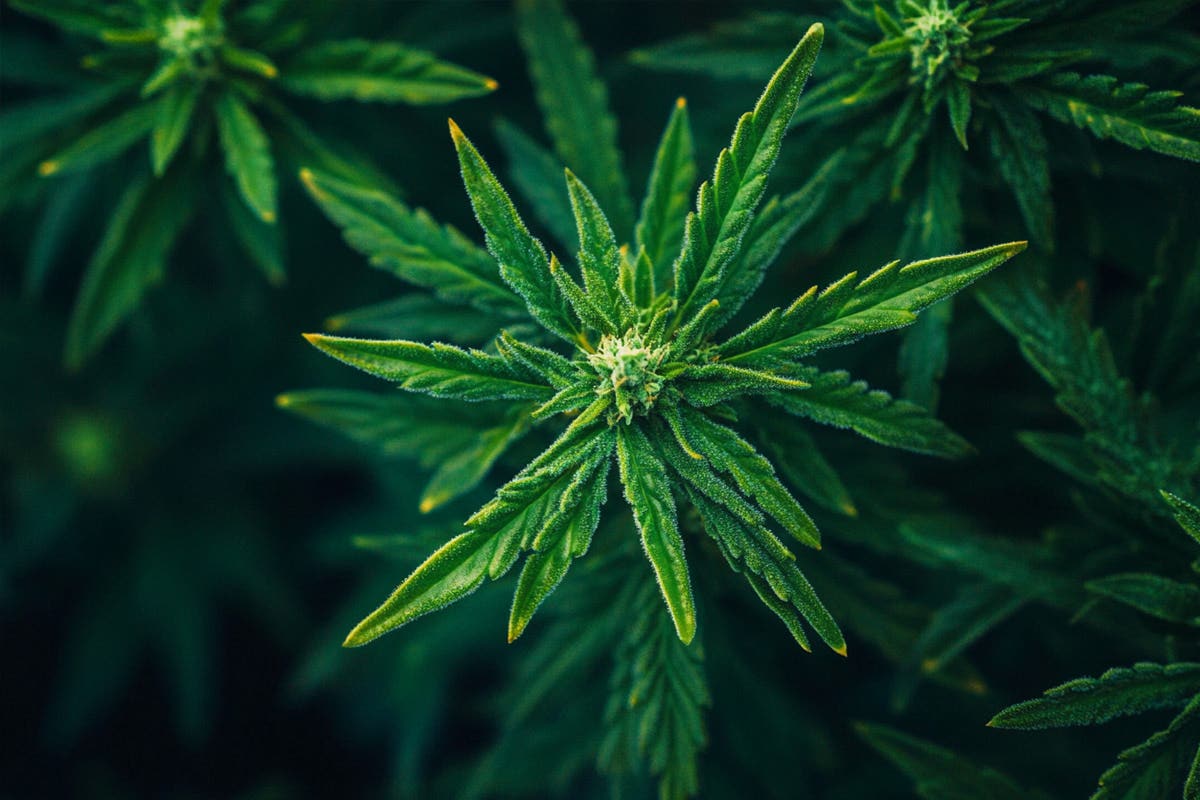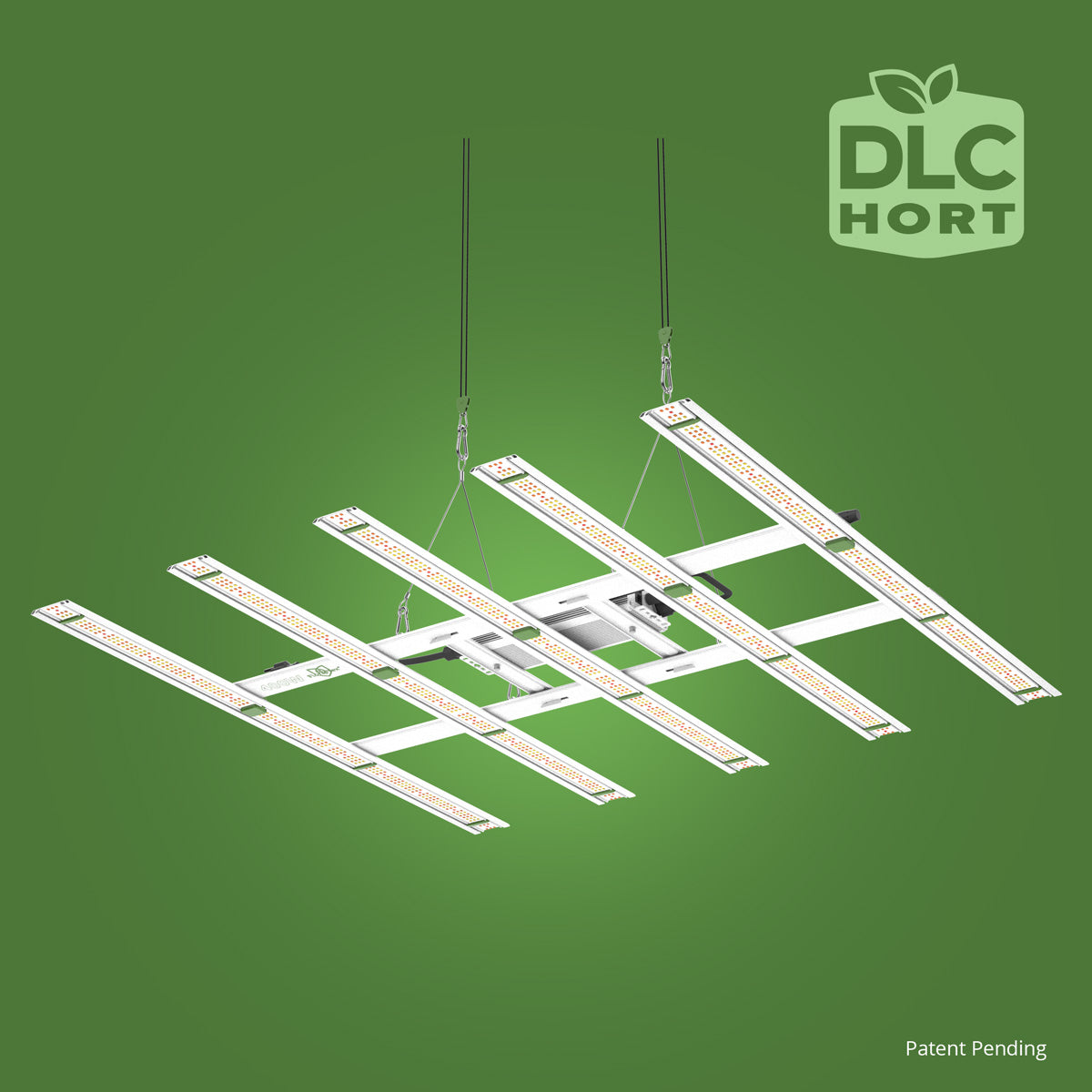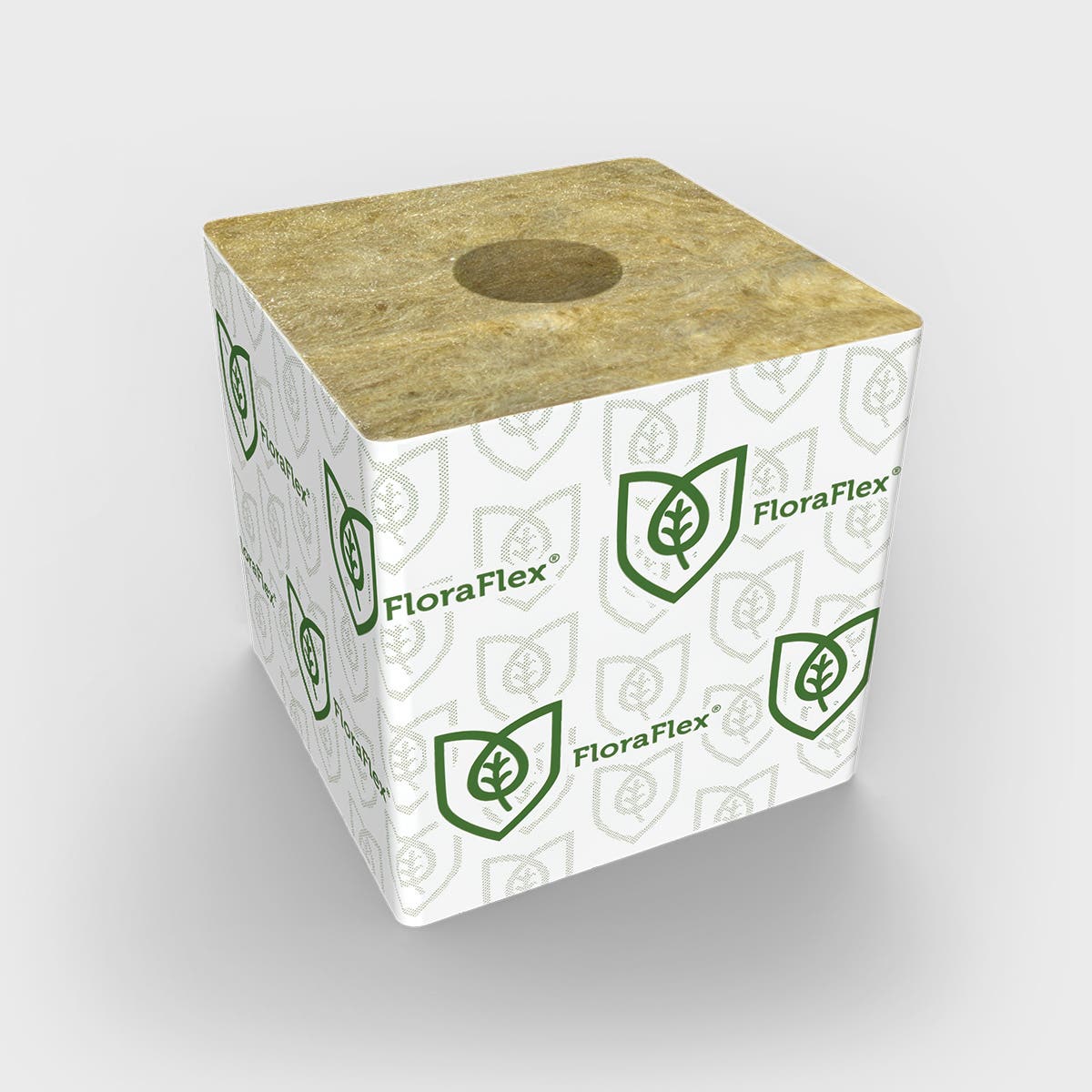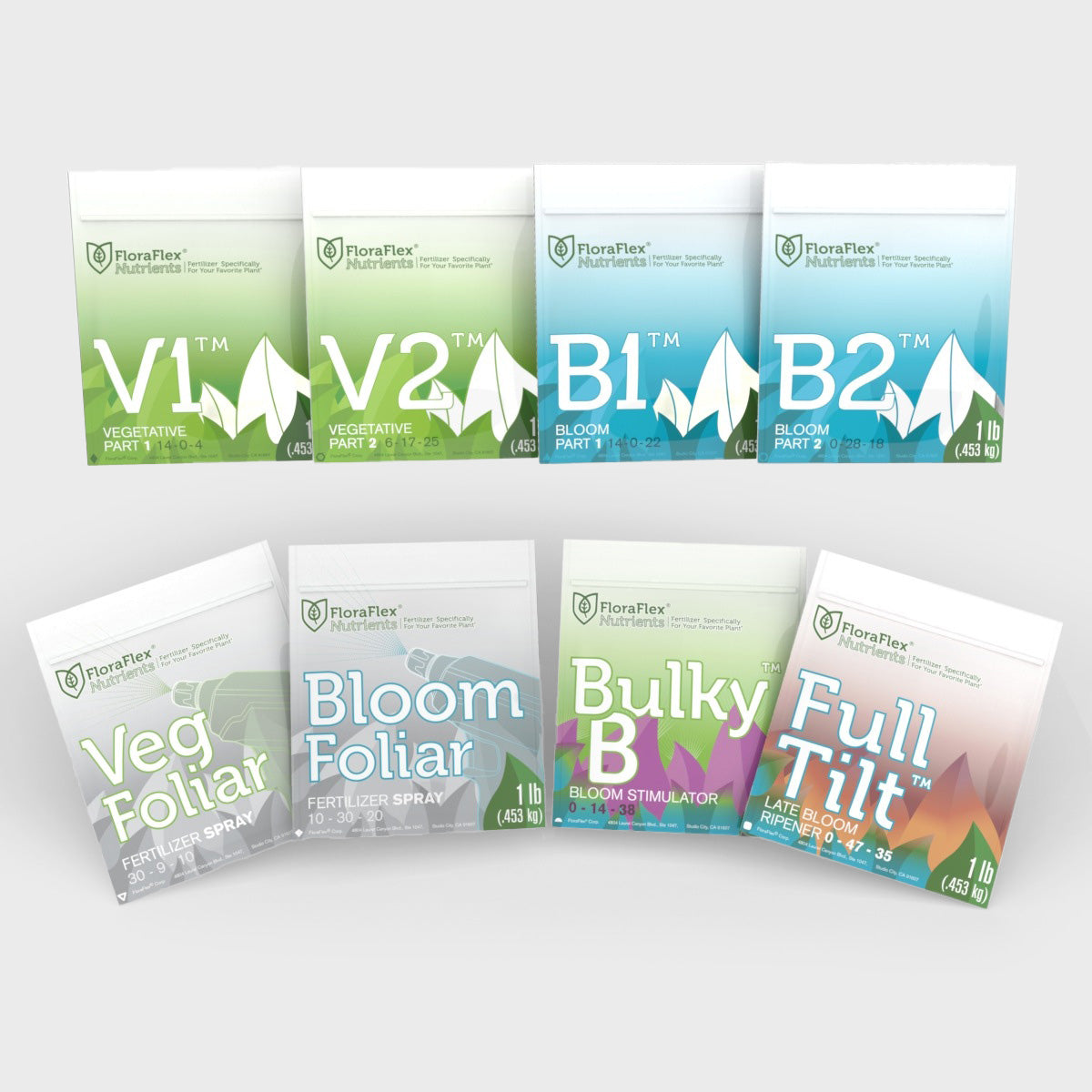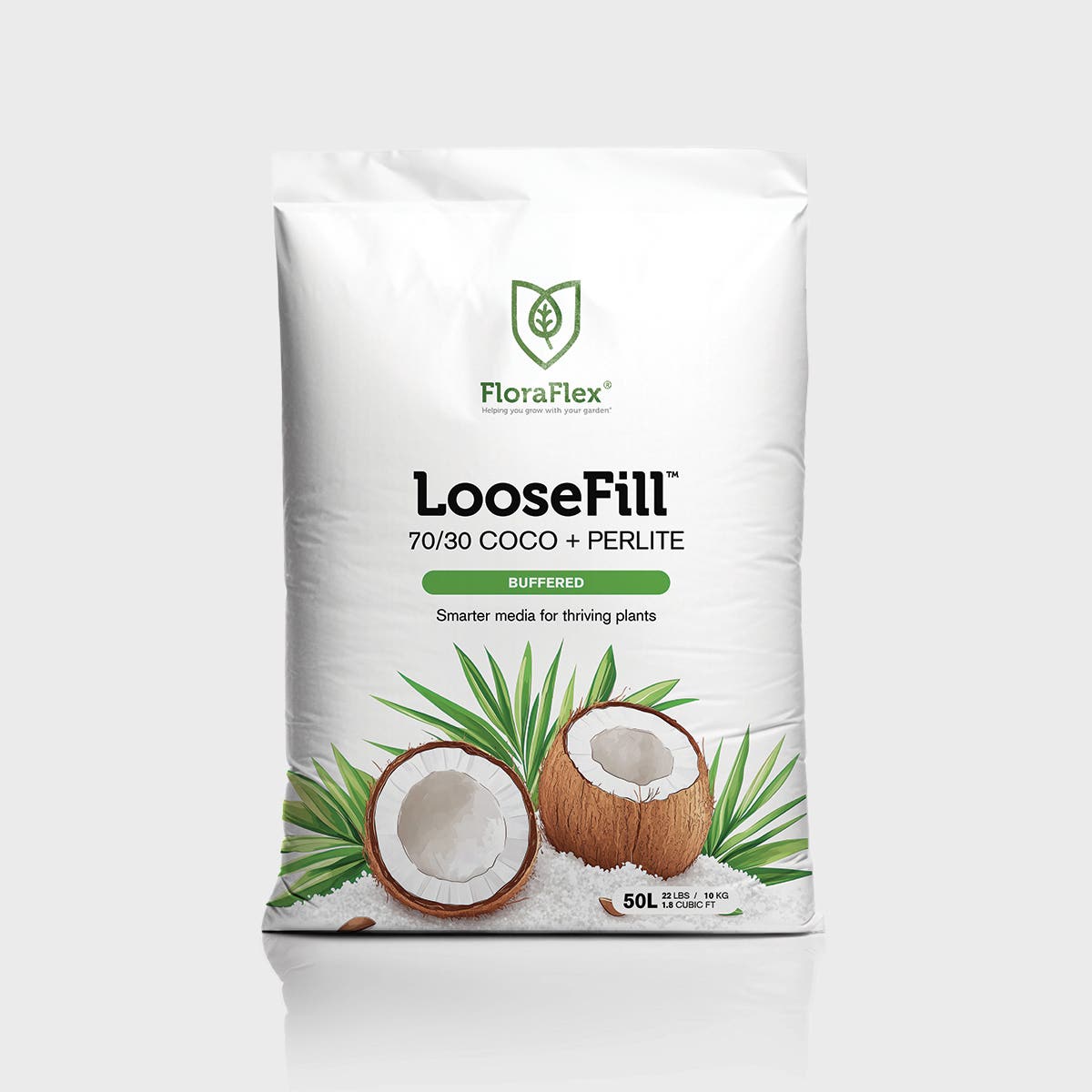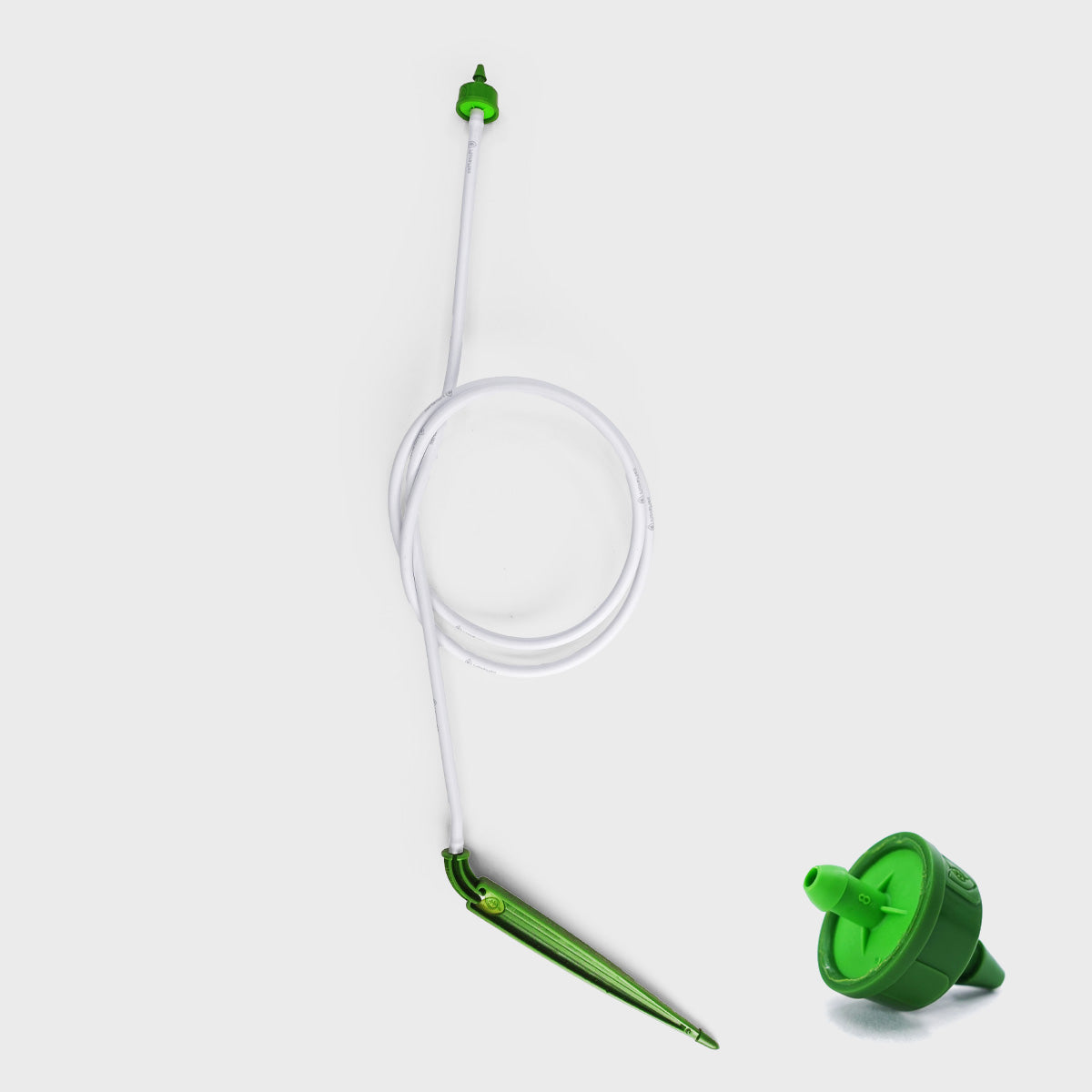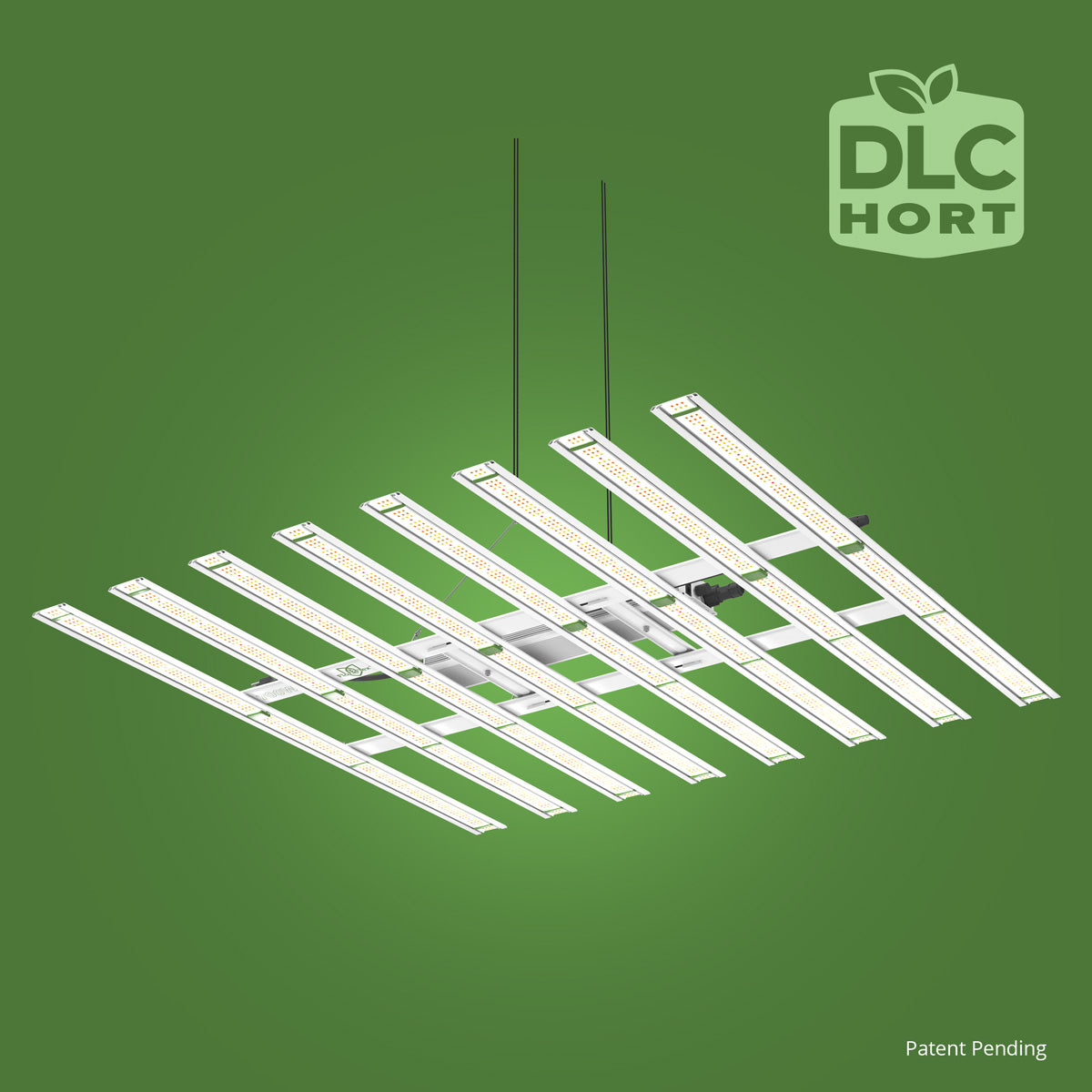Importance of Pruning and Training
1. Enhanced Light Penetration
Pruning and training techniques aim to optimize light distribution throughout the canopy. By selectively removing lower, shaded foliage and positioning branches for better light exposure, cultivators ensure that more of the plant receives adequate light, resulting in improved photosynthesis and bud development.
2. Increased Airflow and Reduced Disease Risk
Pruning and training methods also help improve airflow within the plant canopy. By opening up the plant structure, cultivators can reduce the risk of humidity buildup and create an environment less favorable for pests and diseases. Improved airflow promotes healthier plants and reduces the chances of mold or mildew formation.
Pruning Techniques
3. Topping
Topping involves removing the top portion of the main stem, typically when the plant has developed several sets of leaves. This technique stimulates lateral growth, leading to bushier plants with multiple main colas. Topping is effective for maximizing yield and creating an even canopy.
4. FIMing
FIMing is a pruning technique similar to topping but involves pinching or cutting off a smaller portion of the main stem's top. This method encourages the growth of multiple colas while leaving some top growth intact. FIMing can result in increased branching and higher yields.
5. Lollipopping
Lollipopping involves removing the lower branches and foliage, focusing energy and resources on the upper canopy. By removing the lower growth that receives less light and contributes minimally to bud production, cultivators can redirect nutrients towards top bud development and maximize yield potential.
Training Techniques
6. Low-Stress Training (LST)
Low-stress training involves gently bending and tying down branches to create a more even canopy. This technique encourages horizontal growth and allows for better light penetration and bud development. LST is particularly effective for managing plant height, promoting multiple colas, and maximizing yield potential.
7. Screen of Green (SCROG)
SCROG involves using a screen or mesh to create a horizontal canopy. As the plants grow, branches are trained through the screen, promoting an even canopy and encouraging bud development. SCROG is useful for maximizing light exposure, controlling plant height, and achieving higher yields.
8. High-Stress Training (HST)
High-stress training techniques, such as super cropping or bending, involve intentionally stressing the plants to manipulate their growth patterns. By carefully bending or breaking stems, cultivators can control the direction of growth, increase bud sites, and improve overall yield potential.
Considerations for Pruning and Training
9. Vegetative Stage
Pruning and training techniques are typically performed during the vegetative stage when plants have sufficient time to recover and adjust. This stage allows for more flexibility in shaping plant structure and redirecting growth.
10. Strain Characteristics
Consider the specific characteristics of the cannabis strain being cultivated. Some strains naturally have a bushier growth habit, while others may require more aggressive pruning and training techniques. Adjust your approach based on the strain's growth patterns and tendencies.
Pruning and training techniques are valuable tools for maximizing yields and promoting healthier cannabis plants. By enhancing light penetration, improving airflow, and guiding growth patterns, cultivators can optimize bud development and overall productivity. Understanding the different pruning and training methods and considering strain characteristics and growth stages allows for successful implementation of these techniques in cannabis cultivation.

